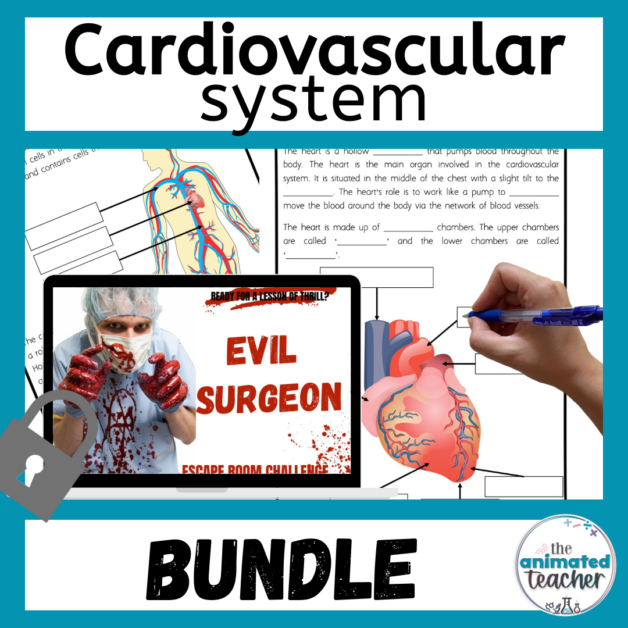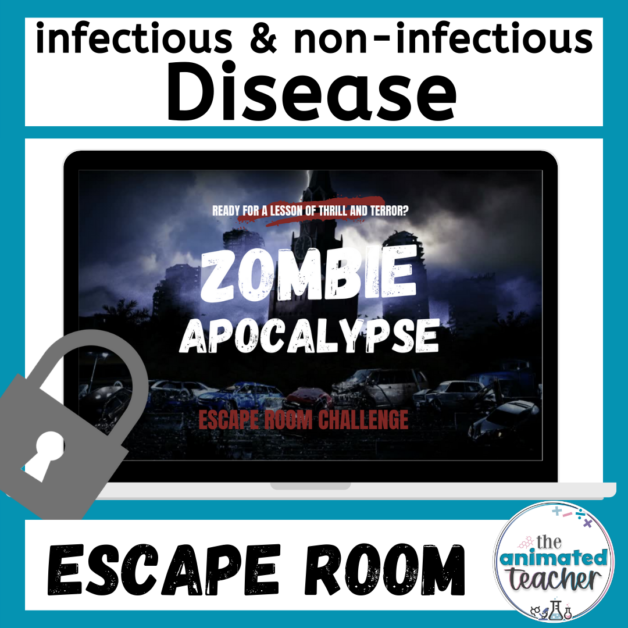
17 Top tips for first year teachers – what NOT to do
17 Top tips for first year teachers – what NOT to do
The first year of teaching is daunting to say the least. While universities may teach you theories and ideas, the actual practice of being in the classroom full time is a whole other kettle of fish.
First year teachers need to be careful in order to protect themselves from burnout. We know the statistics are not in your favour here.
Being a teacher is hard work. There is never enough time to do all the things required of us from lesson planning, to parent-teacher conferences, to report writing, and the endless administration. Throw in the fact that you are a new teacher at a new school just trying to find your feet, and it feels near impossible.
After over 15 years of teaching, being a mentor teacher, and head of faculty, I have picked up on some things that make a real difference for new educators. These are tips that will help you survive your first few years so that you can make the most of your teaching career.
top tips for first year teachers
So here are 17 tips for first year teachers.

17 Tips for First Year Teachers
1. Don’t try and do everything: Yes you will be asked to run the after school dance troupe or the debating team… but it is ok to say no. As a first year teacher your focus needs to be on your pedagogy, not extracurricular activities. You will have plenty of time in your career to explore and be a part of these other opportunities.
2. Don’t avoid asking for help: Your fellow educators would prefer you ask for help when you need it, rather than struggling on your own. As first year teachers you are not expected to know it all!
3. Don’t forget to take your lunch breaks: This is important for you to nourish your body and keep your energy up, but its also important for building meaningful relationships with your colleagues. Around the lunch table there are often excellent conversations in which the best advice comes out and these professional relationships are ones which will server you long term. This is so important for first year teachers as it will help you to feel connected and supported.
4. Don’t stay at work after 5pm: It is important to set boundaries and ensure that you stick to them. Teaching is known as a profession where we always take work home. While sometimes that is unavoidable, it is also necessary for you to put good practices in place from the first day of school.
5. Don’t quit your hobbies: Hobbies are great for your mental health. It is also an important part of who you are. Becoming a teacher shouldn’t change that or take that away from you. Make time for the things you enjoy as it will help you to survive in the profession long term.
6. Don’t forget that AI can make your life easier: As first year teachers, you will not have time to do everything or create everything yourself. AI can actually be of great help here! Read my blog posts ‘Differentiation using AI‘.
7. Don’t agree to anything on the spot: Sometimes, as first year teachers, you can be asked to do extra things and in the moment you agree, but when you try to fit it into your already full schedule you realise you should have said no. Get into the practice of saying, ‘thanks so much for thinking of me. Let me look at my schedule and get back to you’.
8. Don’t compare yourself to veteran teachers: It is easy to look over and think you are not as good as veteran educators, or can’t do as much or can’t be as creative. Of course that’s the case! You are new and still learning! Remember they also started where you are today. You will develop your own teacher style with time and there is no ‘one way’ to be a good teacher.
9. Don’t isolate yourself from friends and family: During the first year of teaching it can be easy to isolate yourself as you bury yourself in work. Try to make sure you still enjoy family get togethers and special occasions. Your family and friends will be the ones to try to support you in this time as well!
10. Don’t let a bad day carry through to the next day: We all have bad days in the classroom. Even us experienced teachers. Try to shake it off and start fresh the next day.
11. Don’t believe in work-life balance: There isn’t really such thing as a work-life balance. There will be times through the year where it feels like its all work. Then holidays come and it feels like you get to live your life again. Or it could be that you have a few massive work days and then still are able to manage enjoying yourself on the weekend. Just be aware that it doesn’t always look like both are happening at the same time – and that is ok. top tips for first year teachers
12. Don’t forget to set boundaries (and stick to them): It is important to think about what boundaries you want to put into place early. For example, do you have a particular time of day you want to leave by? Will you turn off your work emails outside of work hours? Do you want to make sure you make it to your Wednesday night dance class? By being specific and mindful of your boundaries you are more likely to be able to stick to them rather than just winging it.
13. Don’t avoid taking sick days when you need them: As a first year teacher it is inevitable that you are going to get sick or run down. Take your sick days when you need to. If you don’t, you will end up sicker and needing more days off than if you just took the one or two you needed when you started feeling unwell.
14. Don’t be disheartened by what you see on social media: Teachers who share on social media can have some wonderful ideas that are creative and helpful. But if you’re someone who gets disheartened seeing others thrive in their career while you’re struggling through each day, it might be more helpful for you to take a social media break.
15. Don’t forget to prioritise your mental health: At the end of the day, your mental health is the most important thing you need to look after this year. Setting boundaries, keeping your hobbies and connections with family, is a good start to keeping mentally fit.
16. Don’t avoid using your school’s support systems for difficult students: I’ve heard so many beginning teachers say they don’t want to send difficult students out of class because they are worried it will reflect badly on them as a teacher. The school has discipline processes in place because they know that we all encounter difficult students from time to time. It is not a reflection on you. Utilize them as it will help you to establish yourself in the classroom, but also will help admin see if you are struggling with certain students so they can help you early on.
17. Don’t underestimate the value of building personal connection with your students: When the load of admin and lesson planning gets hard, having positive relationships with your students can be the one thing you need to get you through the day. Building these relationships on mutual respect is the best way to also help you manage behaviour and discipline in the classroom.
top tips for first year teachers
Helpful blog posts for first year teachers:
– 13 kickass classroom management strategies
– 33 Top tips for beginning teachers
– 49 time saving hacks for teachers
Some resources to help you:
– substitute teacher lesson plans
– beginning teacher professional development
– differentiation professional development
top tips for first year teachers
Conclusion
The most important thing for first year teachers is to remember that you as a person need to come first. Sometimes this means a lesson isn’t prepared to the same detail you would like to. And that is OK!
While there is no replacement for teaching experience, these tips for first year teachers will give you a head start in being able to begin your career in the right way.
You are going to make a real difference in your students’ lives, but make sure it isn’t at the expense of your own personal life and mental health.
top tips for first year teachers
science reading comprehension worksheet
About the Author

Station activities for middle school
































